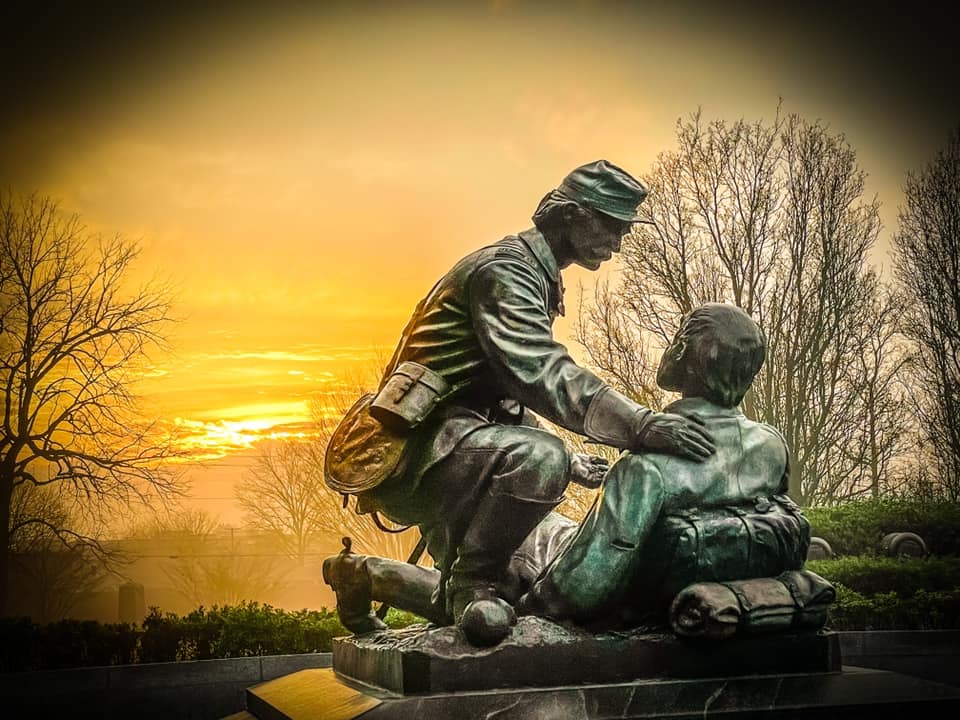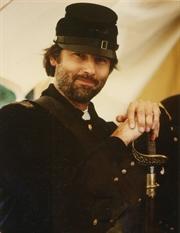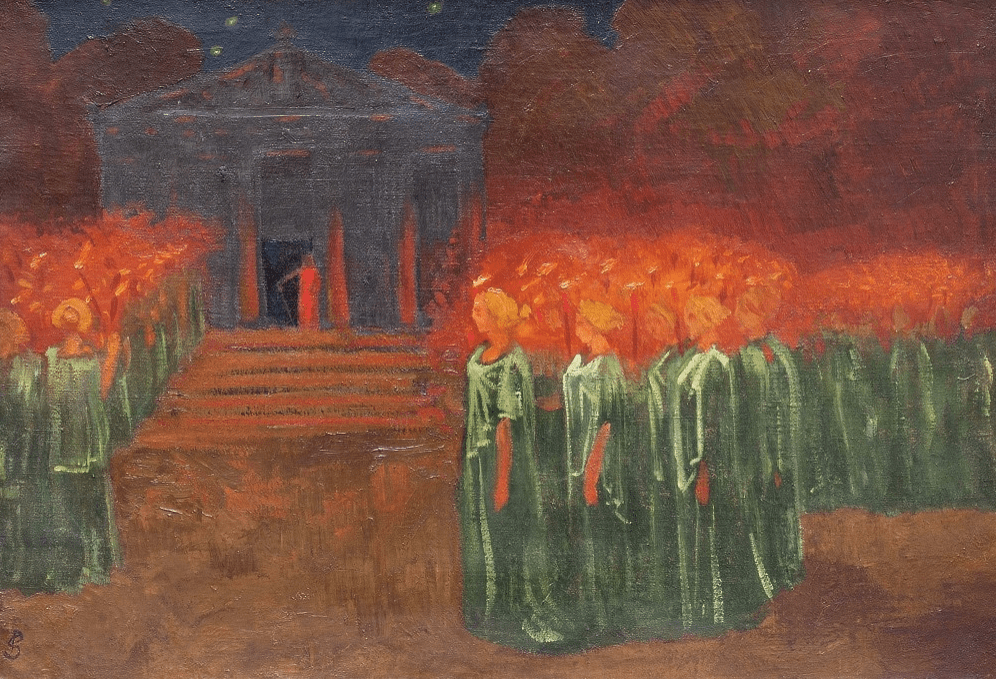Strengthening the Masonic Fraternity
EDITORIAL
Strengthening the Masonic Fraternity
IDEAS ON HOW TO INCREASE THE VISIBILITY OF YOUR LODGE IN THE COMMUNITY
The purpose of our Masonic Fraternity has always been “to make some good men, better.” Freemasonry encourages its members to improve themselves and to establish strong links among each other. In addition, some of these better men have felt a call to improve their communities, making Freemasonry a valuable asset for society. However, this important aspect doesn’t seem to be well understood by some. In this article we examine this situation further.
Let’s consider three fundamental factors: (1) the state of our contemporary society, (2) the nature of our Institution, and (3) the different types of Freemasons.
First, contemporary society has ceased to be as gregarious as it used to be. Computers, cell phones, and other such media devices foster individuality. As a result, most organizations, professional societies, churches, unions and clubs, have seen their membership decline.
The second factor is the nature of our Institution. Organizations acquire an unwritten contract with its members, to make good use of their time and resources. After we raise a Brother, do we provide further masonic education, substantial fellowship events, or further involvement in community work? Attending Lodge to discuss budget issues does not raise much interest. Providing lectures or training on useful topics (e.g., internet, computers, software) will help Brethren succeed in the profane world.
The third factor is the type of member, as not everyone is the same, likes the same things, or has joined our Craft for the same reasons. For example, some join in search of fellowship; and find it in our meetings and social activities. Others join to acquire esoteric experiences, and they find it in our Observant and Research Lodges. Still others, join to improve themselves -and some of these, may also want to help improve society at large.
One way to increase our visibility is by developing community projects. Grand Lodge has several national projects such as the Masonic Medical Research Lab. But Freemasonry, like politics, is Local. Our community needs to know what we are doing for them: developing a food pantry; providing Thanksgiving and Christmas meals; Breakfast with Santa; Easter egg-hunts; a career day for high school kids; building ramps for the disabled, etc. These few examples of projects give the Craft more visibility in our communities. They do not cost much, but require work, which can also help increase Lodge fellowship and participation.
We can also open our Lodges for selected activities, inviting friends and neighbors to participate and see what we do. It is sometimes difficult to explain that we are not a secret, but a discrete organization. A better way is by having people visit our Lodges.
Lodges can organize public activities, such as documentaries about travel, especially during our long winters. Lodges can develop presentations about identifying drug problems, or potential health issues, and about ways to resolve community problems. We have Brothers with many backgrounds, that allow them to address these issues.
Most Lodges have a multipurpose room, where social events can be prepared, using a projector, computer, sound system, etc. A District-wide lists of lecturers can be established to find speakers. Offer coffee and donuts. Some topics may have been already presented elsewhere. But our neighbors may prefer to hear a speaker they know, and can relate to.
After the presentations, invite the audience to visit the Lodge room, and have a Brother answer questions. Advertise events in the local newspaper and radio stations. Join forces with other local organizations: Rotary, Lyons, VFW, the library, etc. and with other local Lodges.
Finally, work with DeMolay, Rainbow Girls and other youth groups. Provide them with interesting activities such as camping, canoeing, bowling, as well as training in practical things (computers, exam reviews, etc.). They will grow up and eventually join …
Such things help members develop an increased and stronger Lodge involvement. People usually respond positively to groups activities. Project work creates stronger fellowship bonds.
The Craft will attain higher visibility in our own communities. Friends and neighbors will have a different outlook of who we are, and what we do. Community work may become the best promotion of our Craft, and an efficient recruiting tool. For, some of these neighbors and friends, participating in our activities, may want to know more about us, and eventually join the Craft.
Planning, preparing and carrying out of such activities and projects will take extra time and energy, from our Lodge members. But such activities will also contribute to retain them. Some other Masonic writers have proposed radical changes to our Craft, that reminds me of the saying “you are throwing away the baby with the bath water”. Maybe, losing members will help us think through all these issues, and come up with efficient answers.



